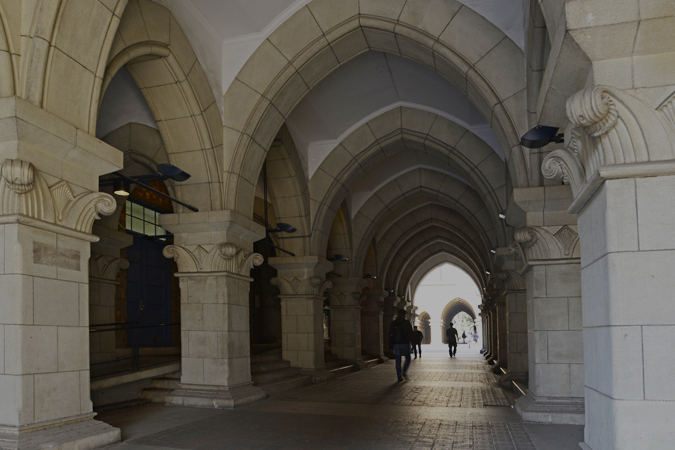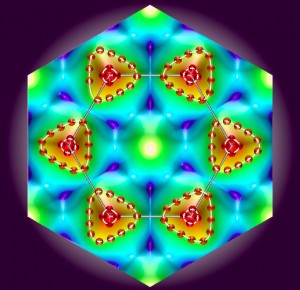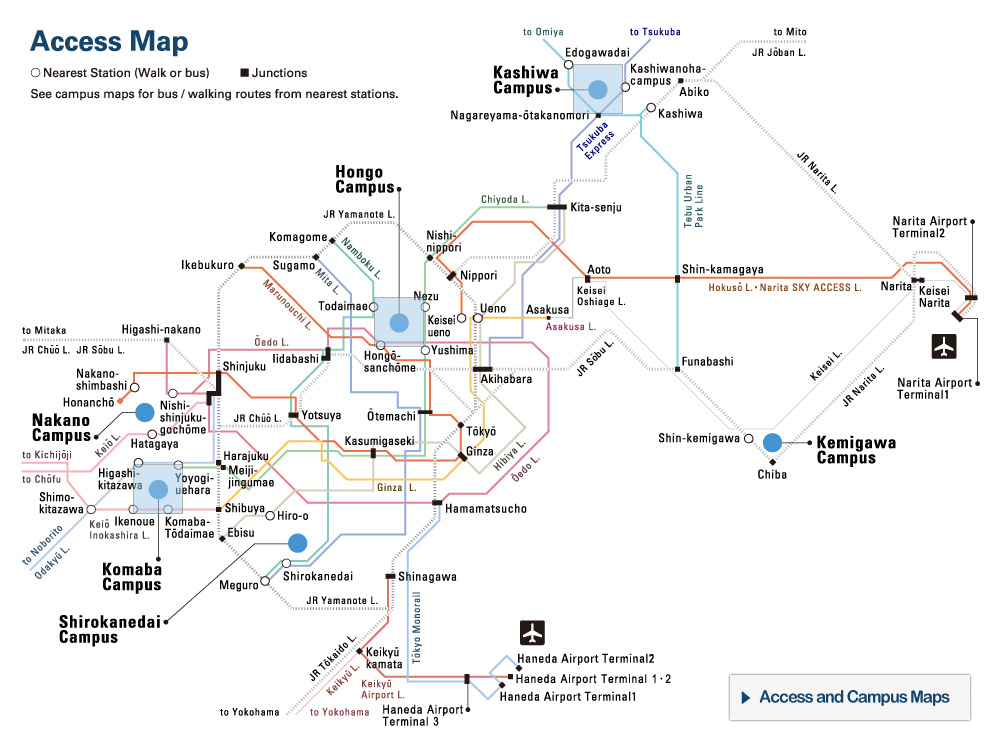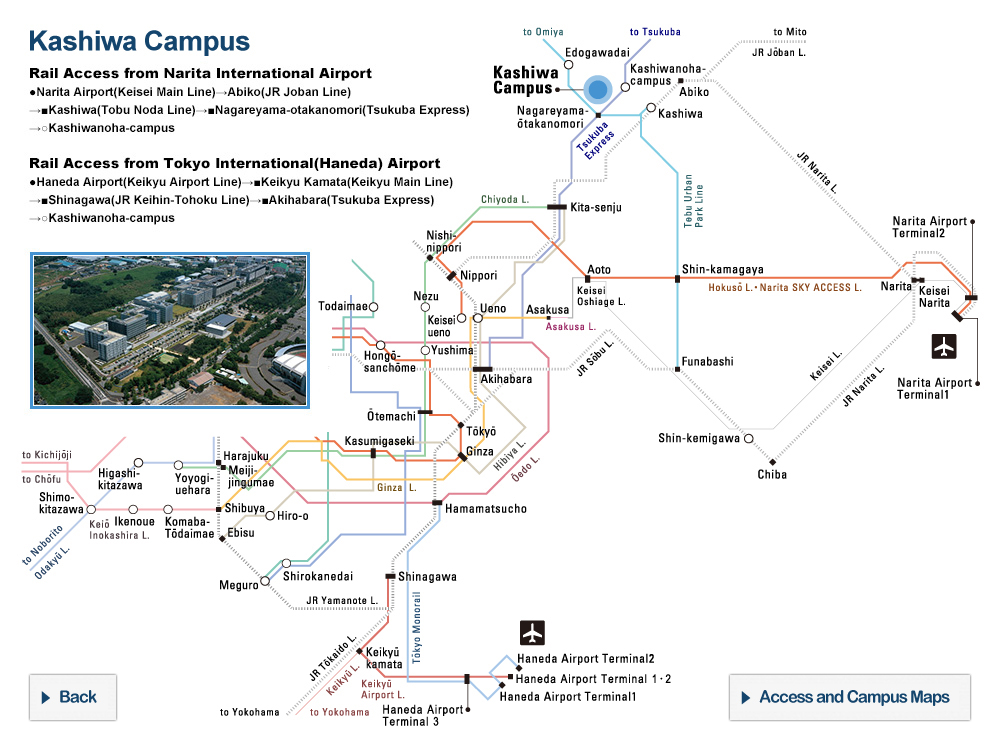A new potential post-graphene material Spin control by electric field in tungsten diselenide

A group of researchers including Dr. H. Yuan, Professors R. Arita and Y. Iwasa, from the Quantum Phase Electronic Center and Department of Applied Physics, the University of Tokyo, in collaboration with Dr. M.S. Bahramy and Professor Nagaosa, the vice-president of CEMS, RIKEN, have succeeded in developing a state-of-the-art field-effect transistor, in which a strong electric field can be applied to tungsten diselenide (WSe2), a potential post-graphene material. Their research highlights the possibility to control electrically the spin degrees of freedom, which have been conventionally known to be possible only by the application of an external magnetic field.
Layered materials with honeycomb lattice structure usually host peculiar electronic structures. A typical example is graphene, in which the conducting carriers are massless. Another example is WSe2 which unlike graphene contains heavy elements, and thus inherits strong relativistic spin-orbit effects. Such effects enable researchers to electrically control not only the orbital degrees of freedom but also the spin degrees of freedom. In particular, interestingly, spins align in the direction parallel to the electric field, which provides a new possibility for controlling the spin degrees of freedom in semiconductors having a honeycomb lattice structure.
This research has been published in the July 28 edition of Nature Physics.
Paper
Hongtao Yuan, Mohammad Saeed Bahramy, Kazuhiro Morimoto, SanfengWu, Kentaro Nomura, Bohm-Jung Yang, Hidekazu Shimotani, Ryuji Suzuki, Minglin Toh, Christian Kloc, Xiaodong Xu, Ryotaro Arita, Naoto Nagaosa and Yoshihiro Iwasa,
“Zeeman-type spin splitting controlled by an electric field”,
Nature Physics Online Edition: 2013/7/28, doi: 10.1038/NPHYS2691.
Article link
Links
Graduate School of Engineering
Department of Applied Physics, Graduate School of Engineering
Iwasa & Ye Laboratory, Quantum-Phase Electronics Center, Graduate School of Engineering
Arita Laboratory, Department of Applied Physics, Graduate School of Engineering







